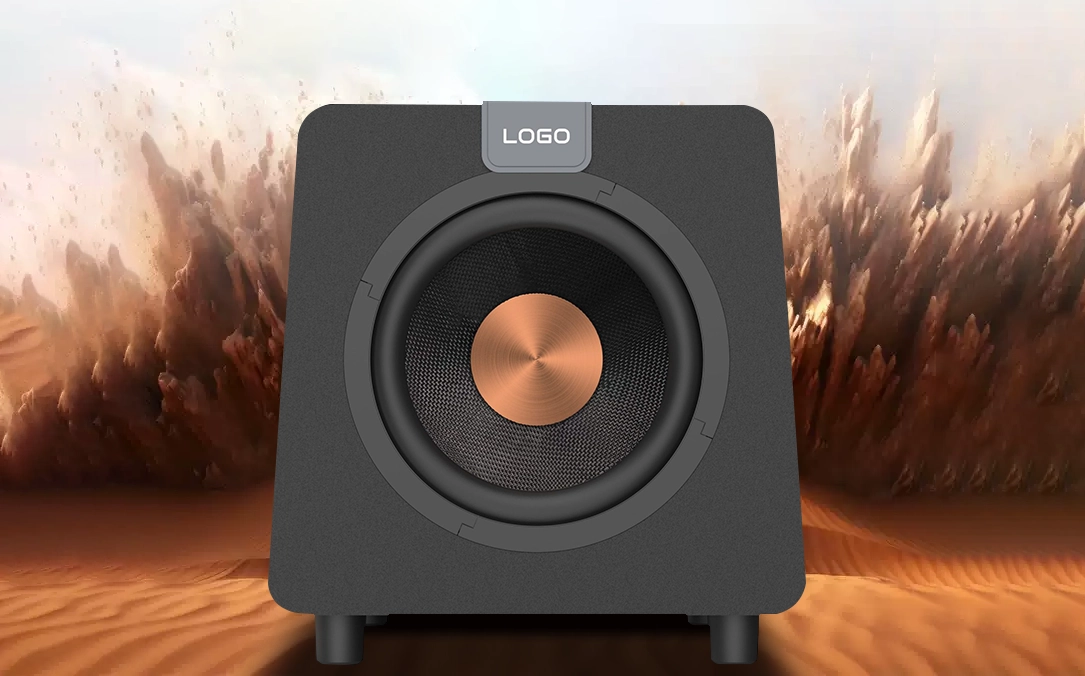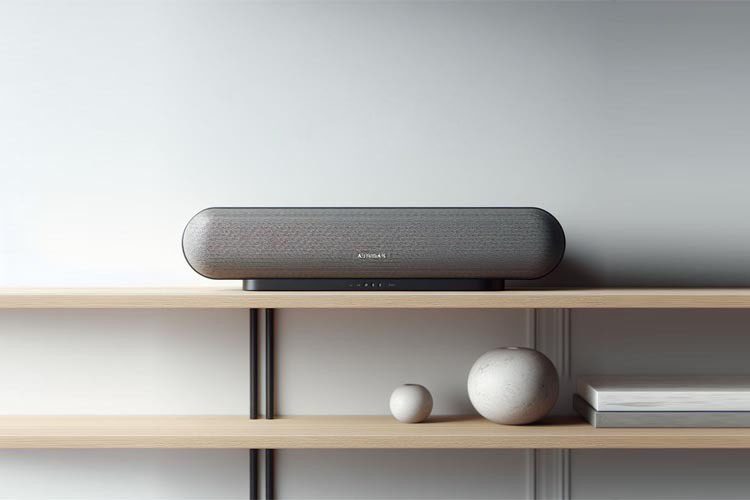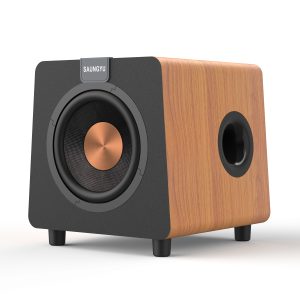Start filling World with sound
Subwoofer Series

Deep Smooth Zero Distortion
Dolby Atmos–Ready, Precision Control, and Versatile for Any Setup
The SAUNGYU subwoofer brings its acclaimed deep, fluid low end to your Dolby Atmos home theater or hi‑fi system. With a long‑throw bass driver and a high‑efficiency Class‑D amplifier, it unleashes powerful yet distortion‑free low‑frequency energy. Its breathtaking immersion and exceptional sonic precision make you feel as if you’re at a live performance. Backed by over 11 years of continuous innovation and award‑winning acoustic engineering, SAUNGYU delivers a truly modern, immersive listening experience for movies, games, music, and streaming. A range of types and sizes—combined with flexible connectivity and placement adaptability—ensures an easy fit for different spaces and scenarios, inviting you to explore an all‑new depth of sound.
Explore more Subwoofers knowledge

Quick-service restaurants (QSRs) live and die by speed. That 30-second drive-thru transaction is the heartbeat of customer satisfaction and profit. Intricate audio engineering works tirelessly behind the scenes to make that speed possible.
Frequently Asked Questions
A subwoofer is a speaker designed specifically to reproduce the deepest bass frequencies (approximately 20–120 Hz).
Adding it to a sound system significantly extends the bass depth and detail, allowing the bass to be not only heard but also felt.
As the cornerstone of immersive sound, it handles low frequencies that traditional speakers struggle to reach, injecting depth and impact into movies, music, and games with deep and powerful bass.
From earth-shaking explosions to the subtle low-frequency surges in soundtracks, a high-quality subwoofer delivers every detail, making every moment feel more real and immersive.
Active subwoofers: have a built-in amplifier, so you can enjoy deep, rumbling bass right away—just connect power and signal.
Passive subwoofers: don’t include an amplifier and must be driven by an external amp to deliver powerful sound.
All of our standalone subwoofers are active, while all of our architectural (in-wall/in-ceiling) subwoofers are passive.
A single subwoofer can transform your listening experience and is an excellent place to start. As your system grows, adding more subwoofers helps counteract room modes (standing waves).
These cause peaks and dips at certain frequencies across the room; placing multiple subs in different locations smooths bass response and delivers a more consistent experience for every seat.
When subwoofers are placed very close together and play the same signal, they acoustically couple—behaving like a larger single sub.
While this can increase output by up to about +6 dB, the bigger advantage is that each sub can run at a lower level for the same overall loudness. That boosts headroom, reduces distortion, and results in more dynamic, effortless performance.
– Try the front corner, the middle of the front wall, and about a quarter of the way from the wall first.
– Use the “crawl method”: Place the subwoofer in the main position to play the bass, then walk around the edges of the room to find the most balanced bass.
– Avoid positioning it in the exact center of the room (this can cause a low-frequency void).
– Common starting point: 80 Hz
– Bookshelf/small main speakers: 90–120 Hz
– Floorstanding/large main speakers: 60–80 Hz
– Set the main speakers to “Small” in the AVR, letting the subwoofer handle frequencies below the crossover frequency.
Have more questions? Contact Us for expert assistance.

